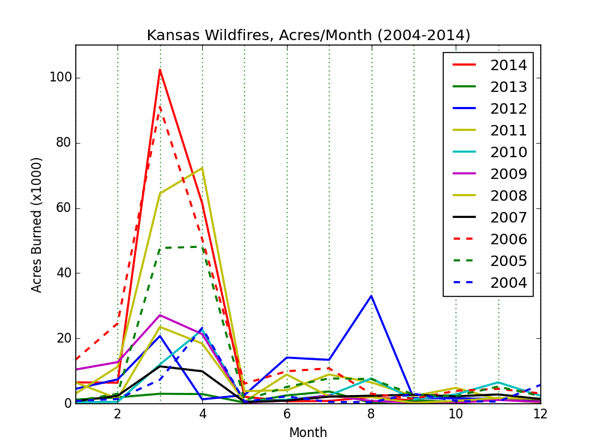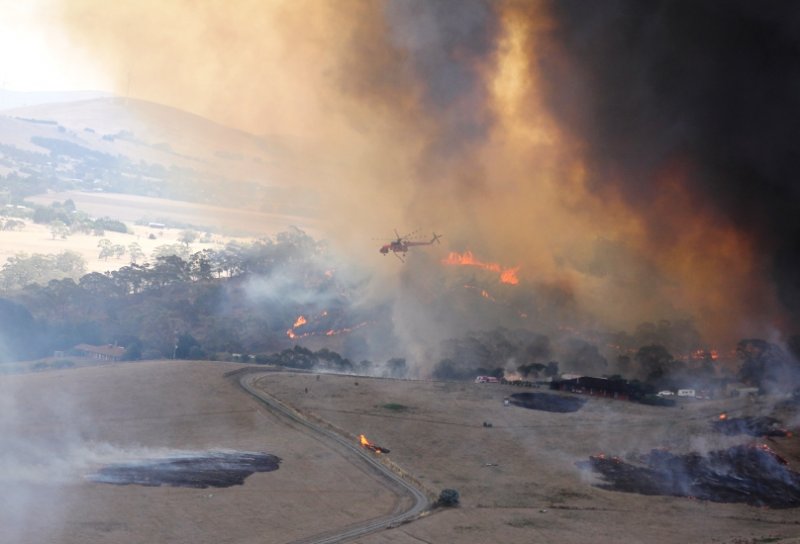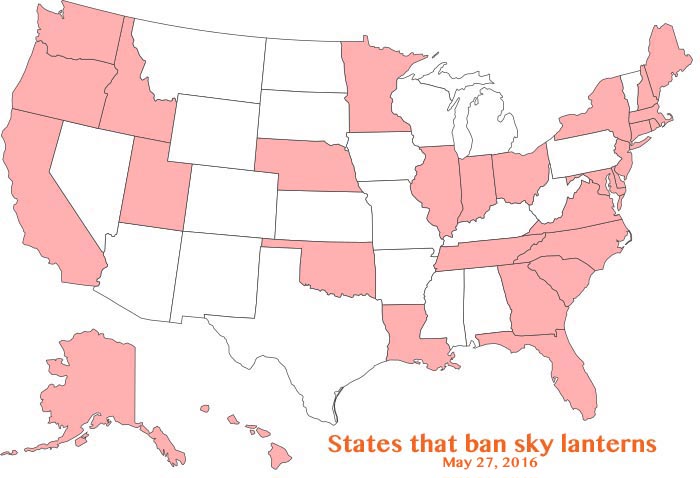Above: a firefighter watches the progress of the Whaley prescribed fire in the Black Hills National Forest near Hill City, South Dakota, January 13, 2016. Photo by Bill Gabbert.
Lawmakers have introduced a bill in the Washington legislature that would allow more prescribed fires in the central and eastern parts of the state. House Bill 2928 could reduce the number of projects that are disapproved due to air quality regulations.
The goal is to encourage forest managers to reduce the amount of fuel that would be available during a wildfire, or as the bill states, “ensure that restrictions on outdoor burning for air quality reasons do not impede measures necessary to ensure forest resiliency to catastrophic fires”.
If a prescribed fire were to be disapproved due to air quality concerns, the officials would first have to take into account “the likelihood and magnitude of subsequent air pollution from an unplanned and uncontrolled fire if the burn permit is refused, revoked, or postponed”.
In addition, burn permits would be issued that span multiple days for forest resiliency burning. A burn permit spanning multiple days would only be revoked or postponed midway during the duration of the permit when necessary for the safety of adjacent property or upon a determination that the burn has significantly contributed to a violation of air quality standards.
On February 16, the bill passed the House on a unanimous vote.
On February 29 at 12:30 p.m. a hearing on the bill is scheduled in the Senate Committee on Ways & Means.







